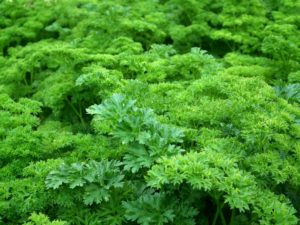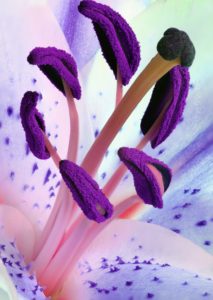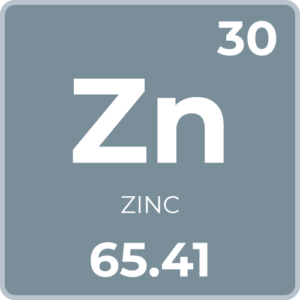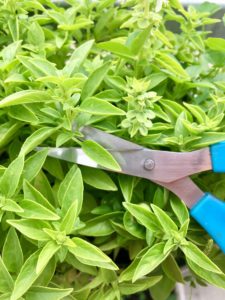Plants need magnesium for several functions, although the function most people will recognize is photosynthesis. While you find magnesium in plenty of different minerals, it’s a crucial component of nutrient solution for hydroponic plants. When it comes down to it, without enough magnesium, plants can’t feed themselves, or even grow properly.
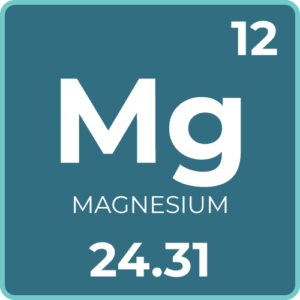
Crucial roles of magnesium:
- Core of chlorophyll molecule
- Aids photosynthesis
- Activates specific enzymes/plant systems
- Helps with plant metabolism
Signs of magnesium deficiency:
- Older leaves show signs first
- Chlorosis that spreads throughout leaves
- Stunted growth
- Brown or necrotic spots on leaves
- Yellowing between veins on leaves
Is magnesium mobile?
Knowing whether or not a nutrient is mobile within plants can help you determine what your plants need, based on where signs show up. Typically, if signs show on older leaves first, that means your plant is deficient in a mobile nutrient. That’s because the plant moves the nutrients from older leaves that are already mature to new leaves to allow continued growth. If symptoms appear on newer leaves, you know your plants lack an immobile nutrient that they can’t take from older leaves.
Magnesium is a mobile nutrient, so you’ll see signs of a deficiency show on older leaves first. However, if you don’t correct the deficiency, younger leaves will also eventually show symptoms.
How plants get magnesium
As we mentioned, magnesium is naturally found in many different minerals. That’s good news for plants growing in soil. However, for hydroponic plants, you need to make sure you have enough available to them. Plants naturally get the available magnesium from soil, and primarily through transpiration, which causes the plant to take in more nutrient rich moisture to retain their inner fluid balance.
Magnesium is a major component of Epsom salts, also known as magnesium sulfate. It’s no wonder Epsom salts are a popular addition to most fertilizers. If you make your own nutrient solution, you often see it listed as magnesium sulfate in the ingredients, but it’s still the same thing.
